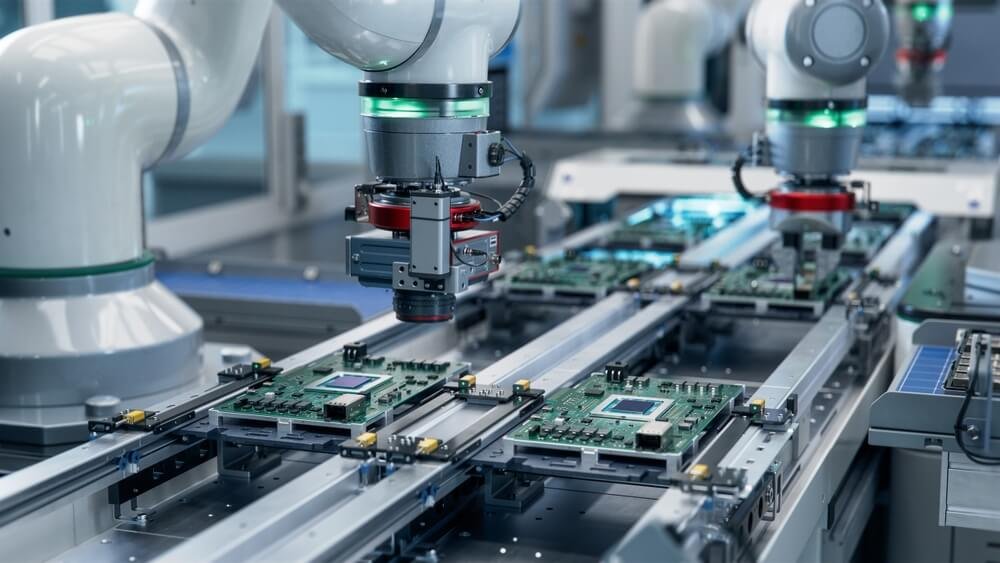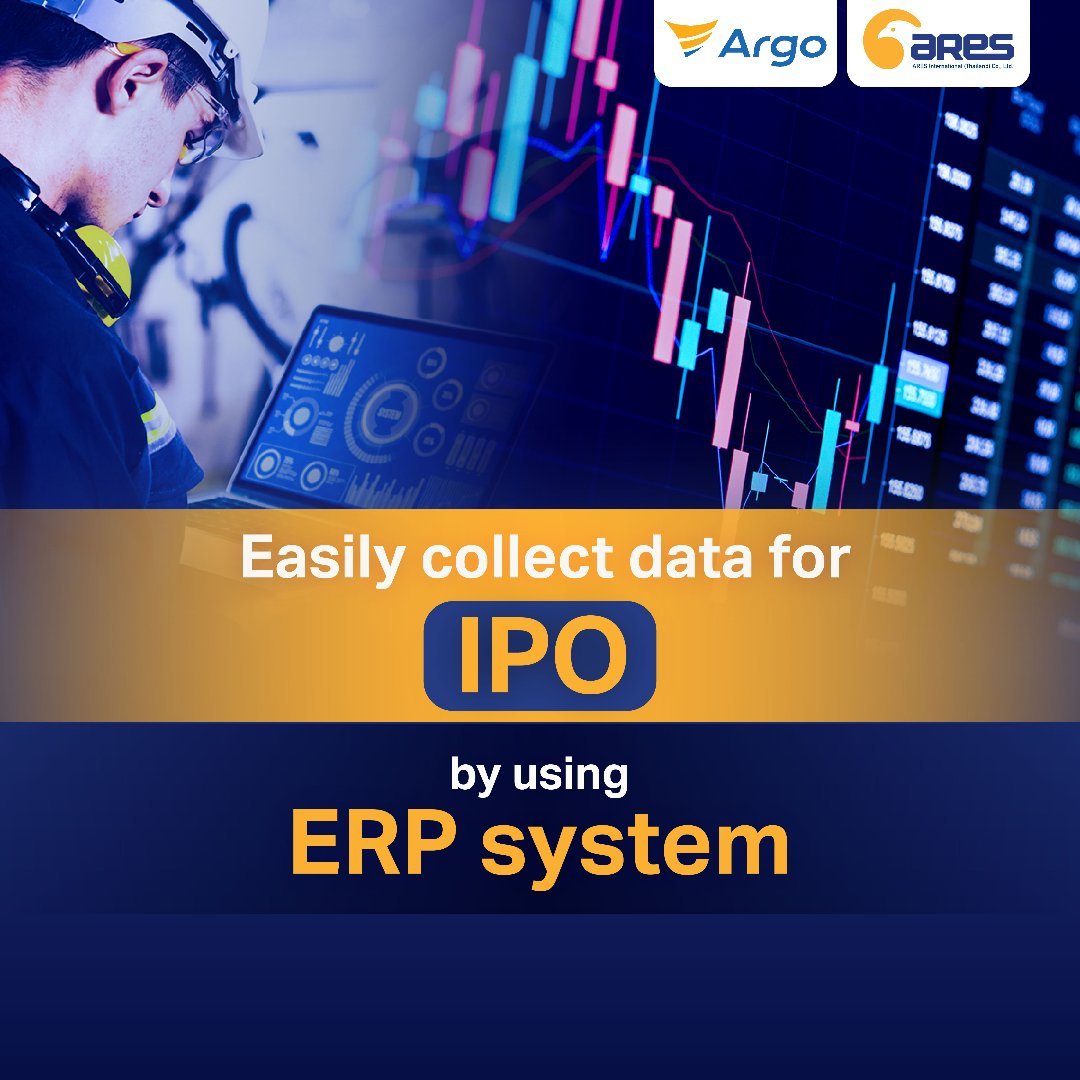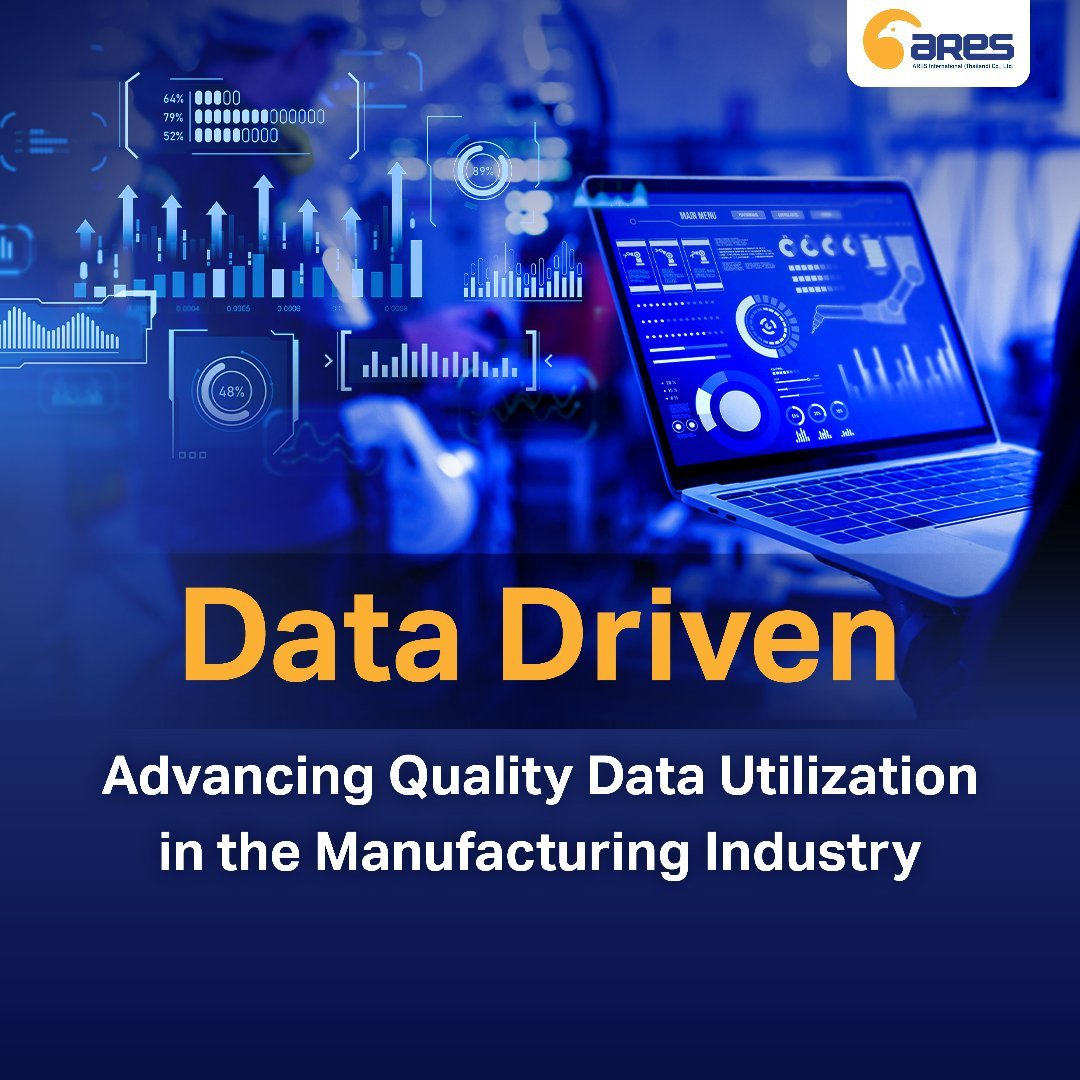5 Key KPIs You Can Measure with Data-Driven Manufacturing
Running a factory based only on “gut feeling” or past experience is a risk that modern businesses can no longer afford. A single wrong decision can mean wasted costs, missed opportunities, and reduced competitiveness. Transitioning to a data-driven factory is not just an option—it is the survival strategy for today’s manufacturing industry.
However, simply collecting data is not enough. If you don’t know what to measure, information becomes meaningless. True Data-Driven Manufacturing means turning raw data into actionable KPIs (Key Performance Indicators) that allow leaders to make sharp, confident, and accurate decisions.
This article explores 5 essential KPIs that you can effectively measure when applying a data-driven approach to your factory.
KPI 1: Overall Equipment Effectiveness (OEE)
The challenge: Many assume their machines are “running most of the time,” but do not know if they operate at maximum speed, produce high-quality parts, or face unnecessary downtime.
Data-driven solution: By leveraging IoT sensors and MES systems, OEE can be calculated based on Availability, Performance, and Quality.
Measurable result: You gain a clear OEE score for each machine, identify downtime causes, and maximize production capacity.

KPI 2: Defect Rate & First Pass Yield (FPY)
The challenge: Defects are often detected only at the end of the line without clear visibility into whether the issue came from raw materials, machines, or operators.
Data-driven solution: MES combined with ERP Quality Control modules enables real-time defect detection at every stage.
Measurable result: Reduced defect rates, higher FPY, and consistent product quality—leading directly to cost savings.
KPI 3: Production Cycle Time
The challenge: Processes often “feel slow,” but the real bottleneck is unclear, making improvement efforts directionless.
Data-driven solution: Monitoring Work-in-Process (WIP) shows exactly how long items stay at each stage, revealing bottlenecks.
Measurable result: Shorter cycle times, smoother production flow, and faster order fulfillment.
KPI 4: Energy Consumption per Unit
The challenge: Energy costs are often lumped together, making it impossible to know which machines or products waste the most energy.
Data-driven solution: IoT sensors track real-time energy use and feed data into central analytics.
Measurable result: Smarter energy strategies that reduce costs sustainably while aligning with ESG standards.
KPI 5: Inventory Accuracy
The challenge: Inaccurate stock records cause raw material shortages, overstocking, and increased risk of obsolescence.
Data-driven solution: ERP inventory modules update stock movements in real-time for accurate and up-to-date records.
Measurable result: Higher inventory accuracy, better MRP planning, reduced storage costs, and improved cash flow.
Turning Data into Sustainable Profit
These 5 KPIs are just the starting point for becoming a truly data-driven factory. Moving from “gut feeling” to measurable results is not simply about installing software—it requires a cultural shift that drives competitive advantage.
By integrating MES and ERP systems, manufacturers can collect and connect data across every department, transforming raw information into actionable insights that fuel smarter, faster decisions.
👉 Ready to manage your factory with precise, data-driven insights?
Contact ARES today to build the foundation for your Data-Driven Organization.
Contact us
For a demo, please contact us at Contact Us or for further inquiries:
Phone: 0633253640 or 02-6863000 ext. 3042
Email: support@aresth.co.th





